Holden VT-VX Commodore 1997-2002
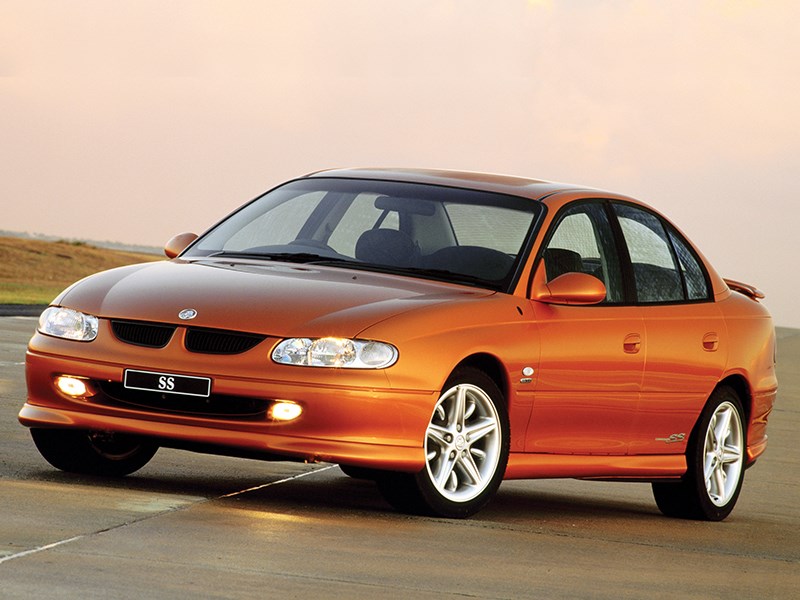




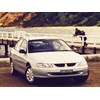
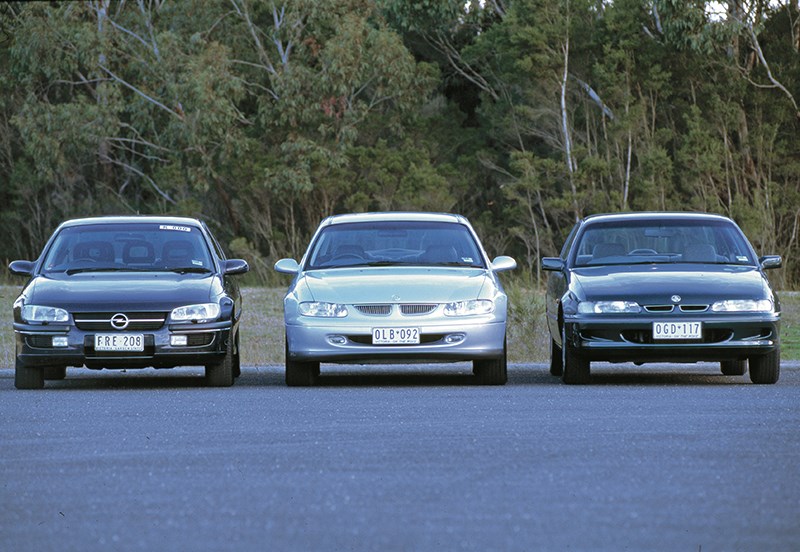

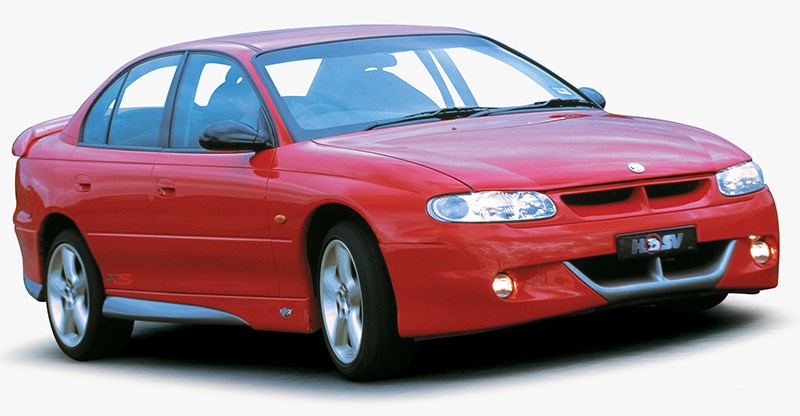






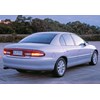
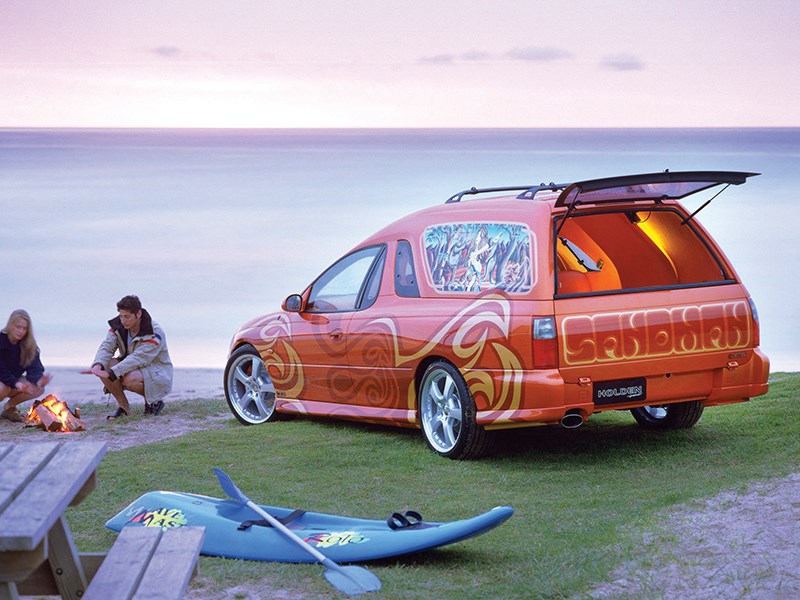

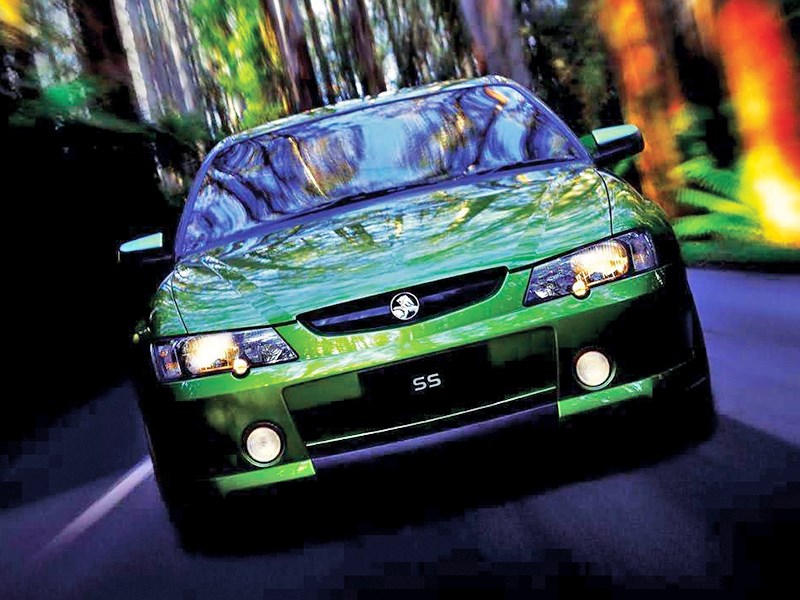


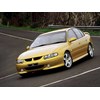



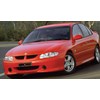

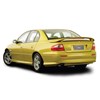
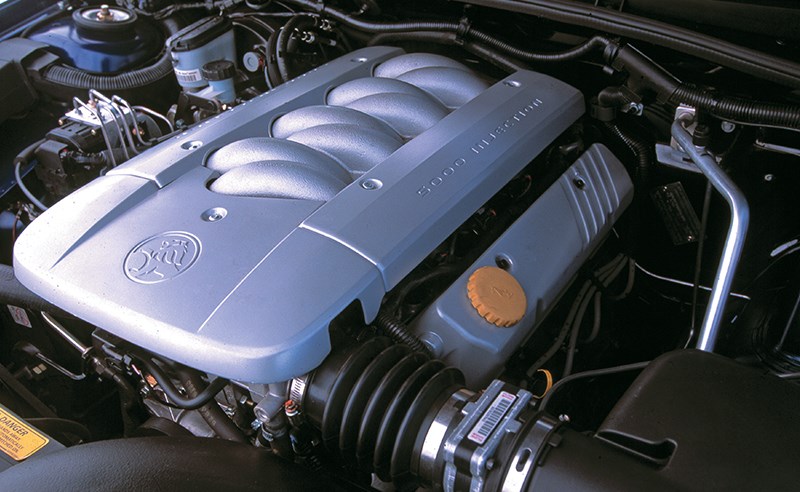

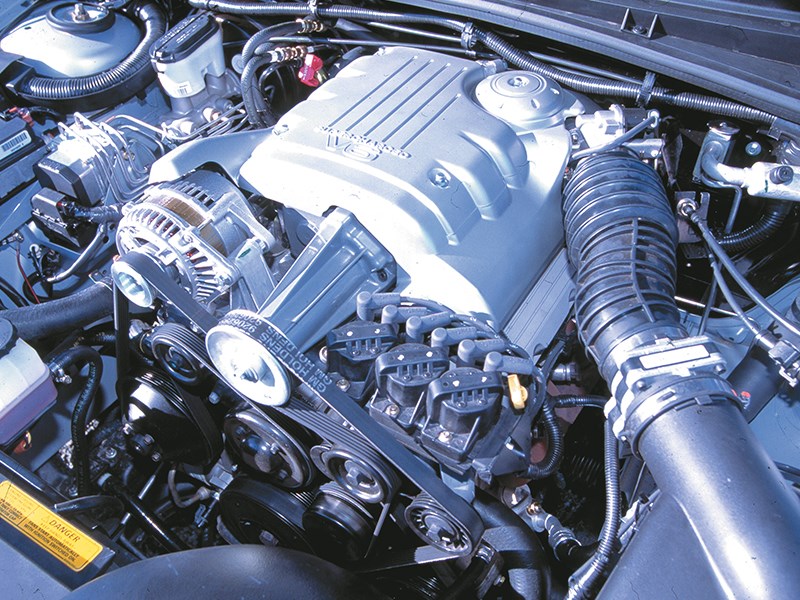

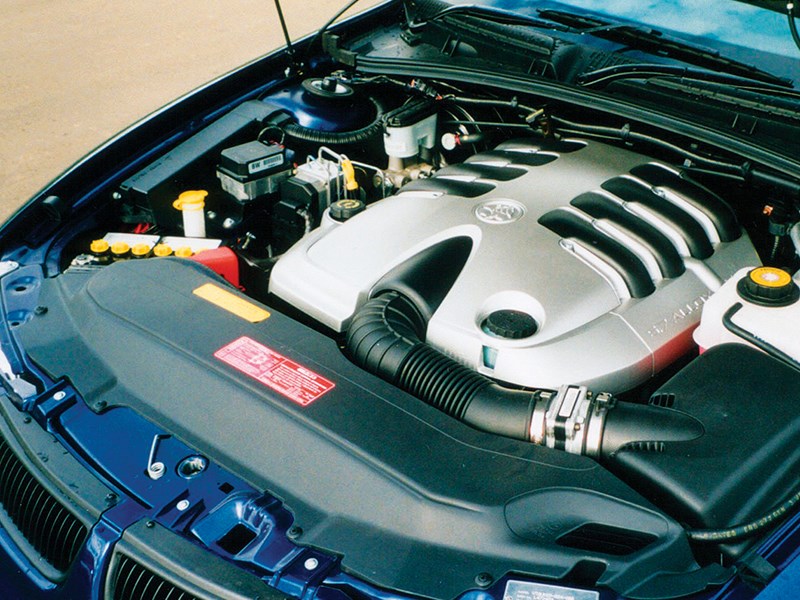


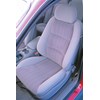
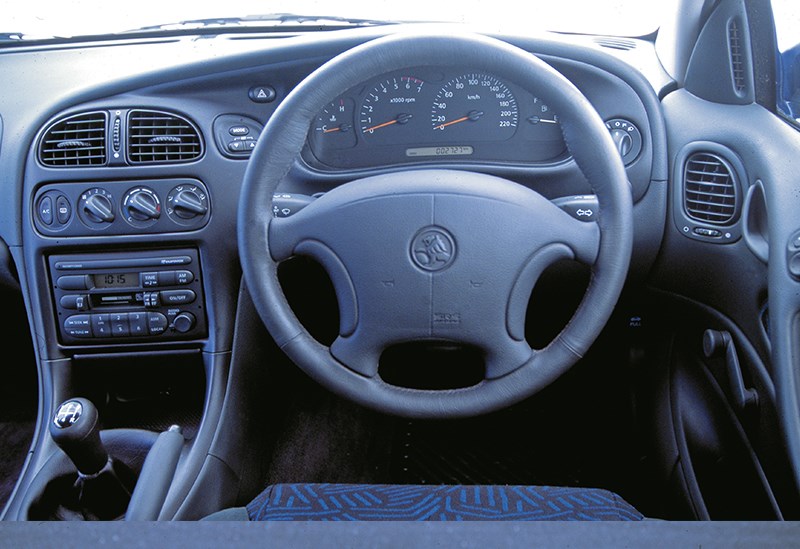

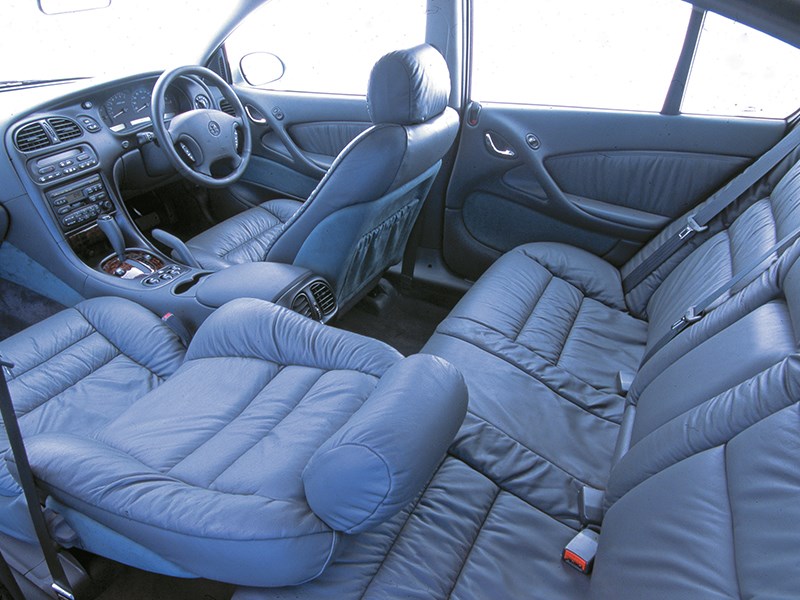


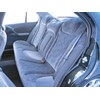

|

|

|

|

|

|

|

|

|

|

|

|

|

|

|

|

|

|

|

|

|
Holden's VT Commodore was an instant success. Now that it's classic-plate eligible for many Aussies, here's the drum for getting one
Sales success with its Wheels Car of the Year winning bigger-bodied 1988 VN Commodore and Calais gave Holden the confidence – and the cash – to begin development of the next big Aussie Holden, the VT, due around 1996.
As with the VN, the VT was an Australian design program that allowed Holden to cherry pick bits from GM’s international parts bin to create a unique vehicle that would suit, appeal to, and survive Australia at a relatively low development and sale price. In that regard, the VT also continued with a grunty Aussie/US drivetrain combination clothed in a body styled to Aussies’ European-influenced tastes. Led by Holden’s Michael Simcoe (best remembered for his role in the ‘new’ Monaro, based on the VT) the VT was styled by a bunch of mostly 30-something car nuts livin’ the dream at Holden. Glorious.

Left to right: Acclaim, Executive, SS, Calais, Berlina
At the VT’s media launch in 1997, sketches of Buick and Toyota versions of VT hung on the wall of Holden’s design studios. The Buick version was evidence VT was developed from the ground-up for both right- and left-hand drive. In hindsight, GM’s Buick XP2000 show car of 1995 was recognisably VT.
Sure, Buick (US) and Toyota (Lexcen for Australia) models didn’t eventuate but another opportunity for Holden came with the US Chevrolet Impala and Caprice models’ scheduled end in 1996. With short (Commodore) and long (our Statesman) bodies, Holden was in an ideal position to develop several left-hook rear-drive models for Middle East markets. The ‘world-class Australian’ slogan was used for Holden’s VK and VL Commodores in the 1980s, but for the late-90s VT it was a claim that really made sense.
| Iconic Holdens: VT Commodore

VX facelift’s teardrop headlights, deeper grille were part of Commodore’s design right from the beginning
Later, two-door, AWD and cab-chassis additions – and decent sales numbers both here and internationally – resulted in Holden’s VT core architecture becoming probably the most versatile and remarkable Aussie car ever created.
But for many Aussie car nuts these days, what really matters is that after a decade in the doldrums as second-hand shitters, the VT Commodore has earned it’s cool badge. It’s now a ‘keeper’ car: a capable, durable – and for now, affordable – Aussie classic available in a stack of family-friendly and performance models.
Here’s what’s what.
| Read next: Holden Commodore VT-VZ history

The right number of pots under the bonnet
Models and mechanicals
The VT Commodore continued Holden’s catalogue of Executive, Acclaim and Berlina (sedans and wagons) plus the luxo Calais and sports-oriented S and SS sedans.
As an all-new design, the VT was a longer and wider car than before and all models rode on independent rear suspension. Drivers’ airbag was standard. Other available fresh-for-VT features arrived thanks largely to advancing electronics: traction control; dual zone climate control; speakers in all four doors (as well as the dash and parcel shelf); speed sensitive windscreen wipers and on all models, electronic/LCD display instruments. And *dramatic drum roll please* the VT had cup holders!
Although not new for VT, the 3.8-litre V6 (tagged Ecotec – for Emissions/Consumption Optimisation TEChnology) fitted to most was quite fresh, having been introduced in VS two years before. Based on GM US dimensions, it was made by Holden in Melbourne.

’94 Omega, VT and superseded VS – VT is noticeably lower and wider
Compared to the first of the 3.8-litre V6s almost a decade prior, the Ecotec engine had a squatter block, a symmetrical port layout and sequential injection for power and efficiency gains: 147kW while using less fuel than the VP-VR 127kW unit. Some people cling to the criticism that it had pushrods and no alloy heads but working below the 5500rpm redline these all-iron engines delivered stacks of relaxed torque with remarkably frugal fuel use - although the VT did use a little more juice than the lighter VS.
The V8 continued, too. The Aussie-made iron-lion V8 was improved with a roller cam, low friction rings, combustion chamber/head changes, higher compression, an EFI/management upgrade to MAF-metered sequential injection and electric cooling fans. Power increased from the late-VS’s 168 to 179kW. HSV’s 5.0 version had 195kW, a 10kW increase on VS.
The Supercharged V6 option (also introduced in VS) now included SS (yes, really!) and S. It was an auto-only deal. The other engines were backed by either GM’s 4L60E four-speed auto or a Getrag five-speed manual.
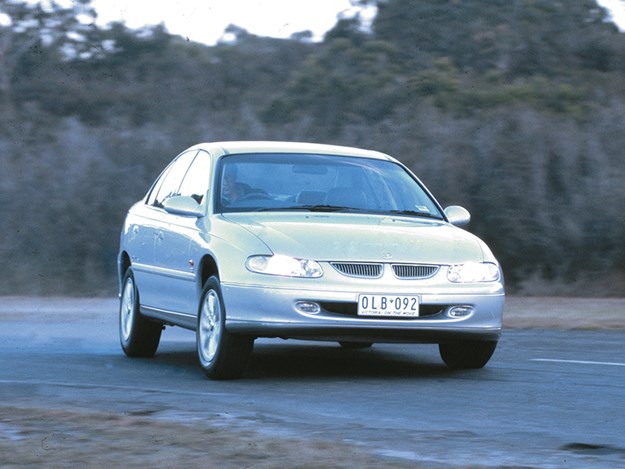
When new, VT handled reasonably well, but age can expose its rear-end deficiencies
The braking system was all new with twin-piston callipers featuring bigger pads up front and larger, thicker discs all around.
All VT models above Executive had standard air-con; push-button set-and-forget climate control was standard on Berlina (single-zone) and Calais (dual-zone). As most Execs were optioned with air, it’s rare to find one without it.
With V6 or V8 power and a few hardware upgrades provided by Holden in its 9C1 National Police Pack, the VT continued Commodore cachet of being a well-respected ‘interceptor’ or ‘chaser’, too.

Plush Calais interior set a new standard
Living with a VT
Pushed hard by the 1980s government-led Motor Industry Development Plan (aka Button Plan, after its instigator Senator John Button) and the resulting partnership with Toyota, Holden’s quality – design, assembly, paint – leapt forward in the early 1990s. This, and the big numbers produced (more than half a million VT-VXs were made) means plenty remain today.
They still drive okay! Without the six-window glasshouse of the VN-VS – and with better sound proofing – VT’s cabin feels a little more isolated and distant from the outside world. Developed for hot climates (Northern Oz and Middle East) the air-con is terrific but if it’s not working, it’s not as painful as many cars to repair; process or price.

VT Commodore S had air-con, leather wheel, no CD player, manual windows
As with most Aussies, there’s always more interest in the V8s, SSs and top-spec Calais to keep those models’ prices strong. But with the VT, thanks to styling tweaks such as body-colour door handles on all models and cohesive interior detailing, the base model Exec doesn’t feel like a ‘poverty pack’. If you’re on a tighter budget but still want a fun weekender to cruise with the kids, a tidy Exec – maybe on a set of mags -–will do the job with continent crossing confidence.
Speaking of wheels, the VT’s base size remained 15x6 with a 205 tyre but the SS upped the ante from its VS predecessor by featuring 235/45 tyres on 17-inch mags; the same size as most previous HSVs. Interestingly, too, the SS was at first only available in blue and white – not red – in an effort to pull back the ‘boy racer’ brashness.

What to look for
The VT’s dash and interior have stood the test of time with many surviving cars’ looking as good as the day they left the showroom. Instruments and other electrics seldom give problems. However the large one-piece plastic shroud that surrounds the HVAC stack and cluster can crack if it’s been fiddled.
Other components suffer, too: The shell-backed headliner can drop; it’s a few-hundred buck task for a trimmer to fix but the seats - manufactured by using a blast of steam through the cloth to ‘hot melt’ the glue-backed upholstery to the foams – can look tatty when the cloth/foam separates. Steering wheel rims can suffer the dreaded twist that requires an injection of glue to repair and the leather of SS and Calais is usually ‘done’ by now.

Mechanically, VTs do suffer from a few design wibbles and wobbles. Despite its extra strength over the VN-VS, the VT has a murmur of looseness in the body; the doors wiggle their latches a bit even on low-kay cars. The VT’s IRS suspension design was famous from new for chopping the inside edges of rear tyres; especially so for cars regularly loaded (eg: sales reps and Telstra wagons). Holden worked hard to fix this malady over the years; the VXII’s extra ‘Control Track’ toe link system had it under control.
Up front, an innovative ‘soft’ tie bar bush gave good ride and handling with reduced steering wheel buzz but over the years, became flogged-out: Voided poly bushes are the fix. Swaybar links can clunk and groan; it’s an easy fix and during VX-VY Holden upgraded this design with first two then four ball-joints between the strut and the swaybar.
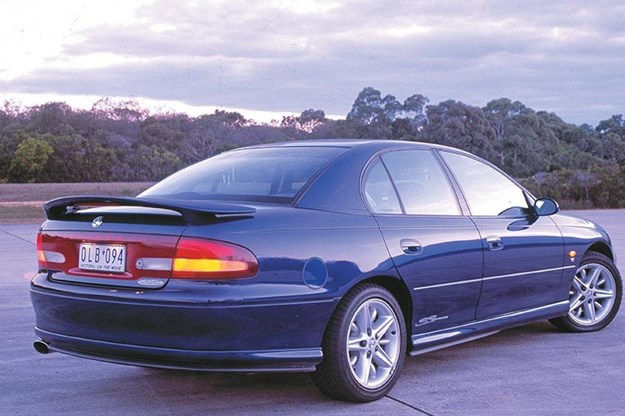
The oily bits of the V6 and V8 engines are tough and last 500,000km with routine maintenance. There is no fancy valvetrain tech such as variable valve/cam timing; roller lifters was the limit to ‘high-tech’ so there is no need for special oils; servicing is 10,000km when driven in normal conditions.
The V6’s crank angle sensor can cause a ‘no start’. Fuel pumps are another problem but it’s cheap enough new to be replaced as a precaution. The BCM-controlled security system can cause dramas, too.

Supercharged V6
Rust? Pre-coated steels, good door/window etc drainage designs and decent rust-proofing measures ensures they’re not too bad. One common rust spot is the front chassis rails below where they meet the floors. As well as being difficult for a novice to see, being ‘out of sight’ without the need for painting means it’s a cheap-and-easy welding fix.
The front strut tower brace is another rot spot (the windscreen plenum drains through it so the area can suffer build-up of leaves etc) but requires removal of the front guard liners to detect. Even with decent ventilation in the design, doors can rust in the lower corners. Sedans also often rust just above the tail lights’ corners and the roof rail seams can also be a problem.

The headlights on VT are plastic (Holden’s first) and although tougher than glass, they suffer sun-fade. This can be repaired but aftermarket replacements make sense for less than $200. Also punished by the sun is the paint; no matter how good when new – and the VT quality was high in world terms – two decades of Aussie summers will take its toll.
As always, a pampered, full-books, garaged car with working aircon and power windows is easily worth the extra 50 percent (or even 100pc!) ask over an untidy unit. These things aren’t yet so rare for anyone to be bothered with buying a ‘project’. Leave those to the P-platers.
VT-VX COMMODORE YEAR BY YEAR
1997

VT Executive, Acclaim, S, SS, Berlina and Calais arrive with V6 and V8 power. The V6 has 147kW or 171kW with the Supercharged version. The 5.0-litre V8 offers 179 or 195kW
1988
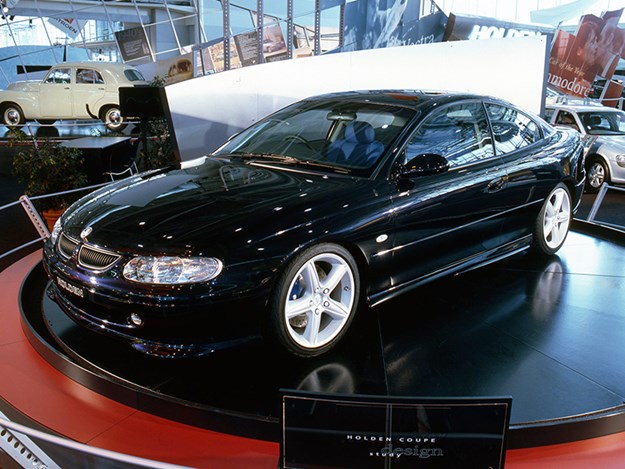
Stunning ‘VT Coupe Concept’ is revealed at the Sydney Motor Show in October. It steals the thunder from Ford’s AU Falcon launch. VT LHD exports announced. Side air bags announced
1999

Imported Chev/GM alloy V8 replaces Holden V8 for Commodore VTII in June. VTII-based WH Statesman/Caprice LWB arrive. The Holden V8 continues in the VS Holden Ute.
2000

VX range arrives with fresh styling and a little more power. VU Holden utility is shown in October at Sydney Motor Show, highlighted by ‘Burnin’ Love’ show Sandman van
2001

VXII arrives in August with ‘Control Link’ added to sedan and wagon. These rear toe-control bars help fix tyre wear issues. Hyper Yellow is the new hero colour
2002

VY replaces VXII. VY introduces ‘half chassis’ commercial variants, plus V8 AWD drivetrain under wagon-based Adventra and Cross-8 commercials
The HSV range

The VT gave HSV its first opportunity to be involved with the development of its ‘core’ car from the ground up. It had to work hard to create a range that was to stand-out from Holden’s classy new SS.
The standard engine for Clubsport, Senator and XU8 was the 5.0-litre 195i. Top of the of the pile was the 5.7-litre 220i in GTS (and optional in Senator) with an HSV-only six-speed manual.
The GTS was based on Executive; the Senator’s dual-zone climate control, tilt/slide electric seats and extra chintz came thanks to a Calais base.
Replacing the Iron Lion

After learning of the new-gen all-alloy Chev/GM LS1 V8 for the 1996 Corvette, many of us car magazine journos bet on the Chev V8’s debut in VT. We lost; instead, it arrived two years later.
With 220kW and six-speed manual (std for LS1) available in the base model Exec, it lifted family car power to new levels… and in doing so, pissed-off a whole bunch of VT HSV 220i owners! Some LS1s were known to suffer piston slap and high oil consumption with Holden fixing or replacing hundreds.
In HSV’s VTII range, the power was 250kW and the six-speed manual benefitted from sharper diff gears: 3.73 from Holden’s 3.46. HSV launched a special build 300kW LS1 (known as C4B) in 2000’s GTS… and that’s a story for another day.
From Unique Cars #477, April 2023
Unique Cars magazine Value Guides
Sell your car for free right here
Get your monthly fix of news, reviews and stories on the greatest cars and minds in the automotive world.
Subscribe

.jpg)






.jpg)



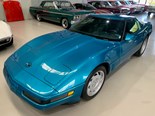
.png)

